
When Lady Gaga sang her Oscar-nominated song ‘Til It Happens To You’ at the Academy Awards back in February, it was a powerful reminder that we shouldn’t have to wait to personally experience some form of injustice to speak out against it. “Till it happens to you, you don’t know how it feels, how it feels. Till it happens to you, you won’t know, it won’t be real,” she sang.
Thankfully we can look throughout history to see there are people who have been allies for marginalized and oppressed people, acknowledging how important it is for us to stand united to defeat a problem. One such ally, whose story is not widely recognized sadly, is that of Joan Trumpauer Mullholland. As a white, southern teenager, she defied the social customs of the early 1960’s segregation era by marching alongside Civil Rights legends such as Martin Luther King Jr, Medgar Evars and John Lewis to name a few.
Joan’s activism is not just an important reminder of what happened in the past and how far we have come, but a very striking reminder that today in America, racial divisions are still very real and present, and that being an ally has never been more important.
Joan was one of the Freedom Riders who, as a teenage girl from the South, was determined to join the fight for racial justice. Because of her activism, she was put in jail at Mississippi’s notorious Parchman Penitentiary in 1961. In 1963 she was the first to cross the color line at the Woolworth’s lunch counter in Jackson Mississippi, and crossed the Edmund Pettus Bridge in the march from Selma to Montgomery with the likes of current Georgia Congressman and Martin Luther King Jr. This event of course has been immortalized in Ava DuVernay’s film ‘Selma’.

This wasn’t just a short-term cause for Joan. She participated in over 3 dozen sit-ins and protests by the age of 19, and while she was in college, mobilized with other white students to stand as allies as the fight over segregation continued throughout the South. Because of her actions she was disowned by her family, attacked, shot at, cursed at, and hunted down by the Klan for execution.
Her remarkable story of bravery and activism was featured in a 2013 documentary called ‘An Ordinary Hero’, made by Joan’s filmmaker son Loki Mullholland, and now a whole new generation of American children will get to learn about her life and the importance of standing up for important causes, as Loki has transformed her story into a children’s book, with the help of illustrator Charlotta Janssen.
‘She Stood For Freedom: The Untold Story Of A Civil Rights Hero, Joan Trumpauer Mullholland’ will be released by Shadow Mountain Publishing in August and feature a picture book version for ages 4-8, and a more in-depth illustrated biography for ages 8 and older. The latter version includes actual copies of photographs and documents from Joan’s life during the Civil Rights era.
We have often spoken about the need for more stories of heroic women to be taught in schools and to children, because it will go a long way to changing mindsets about inequality in the future generation. We had the opportunity to speak with Joan about the new books detailing her story, and why she feels strongly about encouraging the next generation of freedom fighters to know they can play a part in changing America today.

The first question we had for her was what inspired her to take a stand for Civil Rights, when she could’ve very easily lived a comfortable, safe life without any trouble. Her answer was simple yet profound: “By opening my eyes,” she said.
“Seeing the inequality in Georgia at the time where I was living made me realize it was not right. Going to Sunday School at church and reading the bible verses also helped me see we were not practicing what we preached, despite segregation being taught as a good thing by many other Christians in the vein of ‘black people have no souls’,” she recalled.
Joan grew up in Northern Virginia, before eventually moving to Georgia with her family, where she was a lone ranger in her activism. Her father was from rural Iowa, where he didn’t believe in Segregation, but her mother came from Georgia where she firmly did. Although Joan’s church supported her activism, she still had to keep in quiet.
While she was at Duke University, she was invited by black students from North Carolina to join them in demonstrations. The Duke administration did not like this, which forced Joan and other white allies like her to meet in secret. Although she was somewhat of an anomaly during this period, there were other young women like her who helped out in different ways.
“While I was participating in the sit-ins in college, there were very few white, Southern women. Many of them looked the other way, but they would donate money to me in secret for the cause, as they felt they weren’t able to openly support Civil Rights,” Joan explained.

Being an ally of a cause she felt strongly about meant she did not overstep her welcome anywhere.
“I only got involved where I was invited, I would never go charging in to try and ‘save the day’,” she specified.
That student body and her activist friends became like family to her during the early 60’s. Of course we all know that by 1964 the Civil Rights Act was passed, and the following year, President Lyndon B. Johnson signed the Voting Rights Act which allowed black people to vote. Sadly, the ongoing story of racial struggle is far from over, and as we spoke with Joan about the current focus, she is quick to point out one thing.
“I was amazed and shocked at how the structures of law upholding segregation crumbled, but it’s clear that the racism has always been there,” she said.
The modern Civil Rights Movement is the Black Lives Matter movement which is aiming to dismantle and bring awareness to the killing of black men and women by the hands of law enforcement. Michael Brown, Tamir Rice, Sandra Bland, Eric Garner, Freddie Grey and many more have become names ingrained in our cultural subconsciousness as we continue to watch with horror the documented killings of ordinary citizens.
“Black Lives Matter is not necessarily advocating something new, is just pointing out a different type of lynching, only now it gets a lot of media coverage and publicity, which is at least progress,” says Joan.

In fact there are so many similarities between the two movements, that Joan can specifically point to one. In February 1965, Civil Rights activist Jimmy Lee Jackson was participating in a peaceful protest in Marion, Alabama, when state troopers attacked the crowd. As the protesters ran and scattered, Jimmy ran into a nearby cafe with his mother and grandfather. The police burst in and started beating him. One of them eventually shot him in the stomach twice, claiming he thought Jimmy was going for his gun and simply acted out of self-defense.
Jimmy ended up dying in the hospital, and this became the impetus for the Selma march, as we see in the aforementioned film. Joan says the exact same type of defense was used in the Michael Brown shooting in Ferguson, Missouri in 2014. The police officer who confronted him claimed he saw Michael reaching for his gun and had to shoot him out of self-defense.
Joan says the current discussions over race are a step in the right direction, but more has to be done to see how it affects society differently today in a number of different areas.
“There needs to be a recognition of the broadness of the racism issue, where it has become a systemic form of injustice. For instance, the types of grocery stores we see in certain neighborhoods, where sewerage plants are constructed, where highways are built, and of course drug issues,” she said.

Just earlier this year, a former aide to President Richard Nixon admitted that the infamous “war on drugs” initiative launched in 1971 was created to target black communities and further disenfranchise them. Today there are many communities across the US still affected by this hideous plan.
Change has to begin with our willingness to see the problems that still exist and our desire to be part of the change.
“As outsiders we can make a difference. If you see a problem find out how you can help, but don’t overreach,” she says, giving advice to other allies.
Joan is excited at the prospect of seeing how her story will impact younger generations of kids who may grow up not facing oppression personally, but see it around them.
“I love the idea of kindergartners today growing up in world where they have only seen a black president, something I never thought I would see in my lifetime, and now possibly a female president with the prospect of Hillary Clinton being nominated,” she said.

The change from one generation to another is huge, as she saw with her own sons. Although she grew up in a segregated America, her sons did not and to them the idea of treating someone differently because of their skin color was so baffling to them, she recalls.
Joan believes gender equality and the influence of religion on laws concerning the LGBT community and women’s reproductive rights are major issues that America is battling today, but also that there is a lot of work to be done on the race front. She says everyone should have the right to feel proud of their heritage and who they are, but there’s a catch.
“Pride in who you are is good, but if it’s good for you, it should also be good for others. You may disagree with someone else about their life or opinions and you may never find common ground, but that doesn’t mean we shouldn’t accept them,” she said. That sounds like the perfect starting point for any activist or cause – learning acceptance.
To purchase either of the ‘She Stood For Freedom’ books on Joan’s life, click HERE. To find out where you can watch Loki Mullholland’s documentary on his incredible mother’s story, visit the film’s website. You can watch the trailer below:











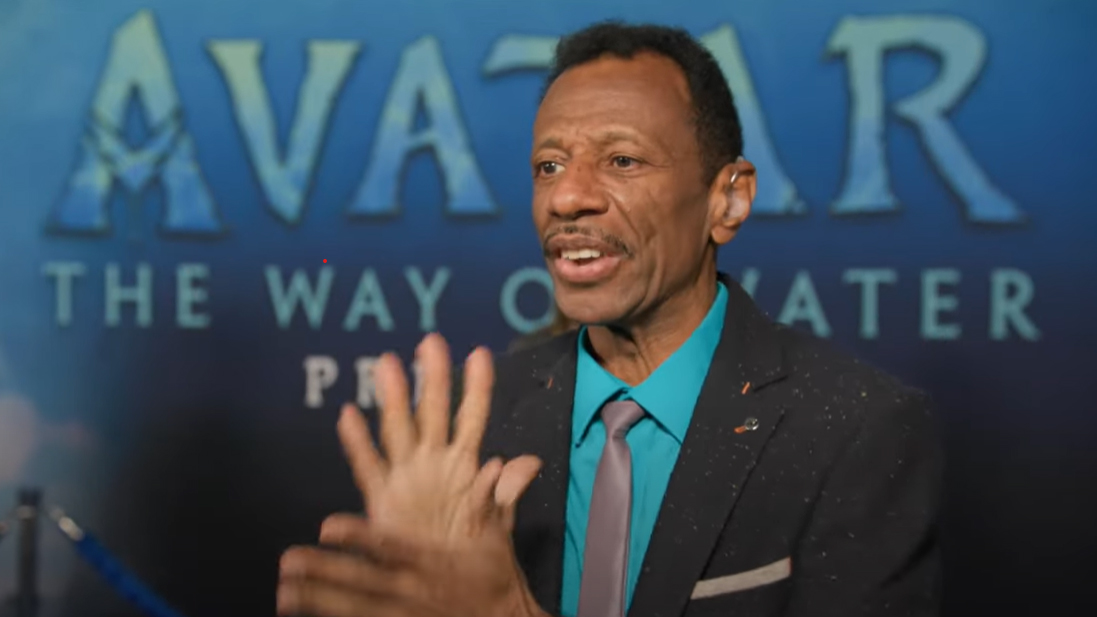
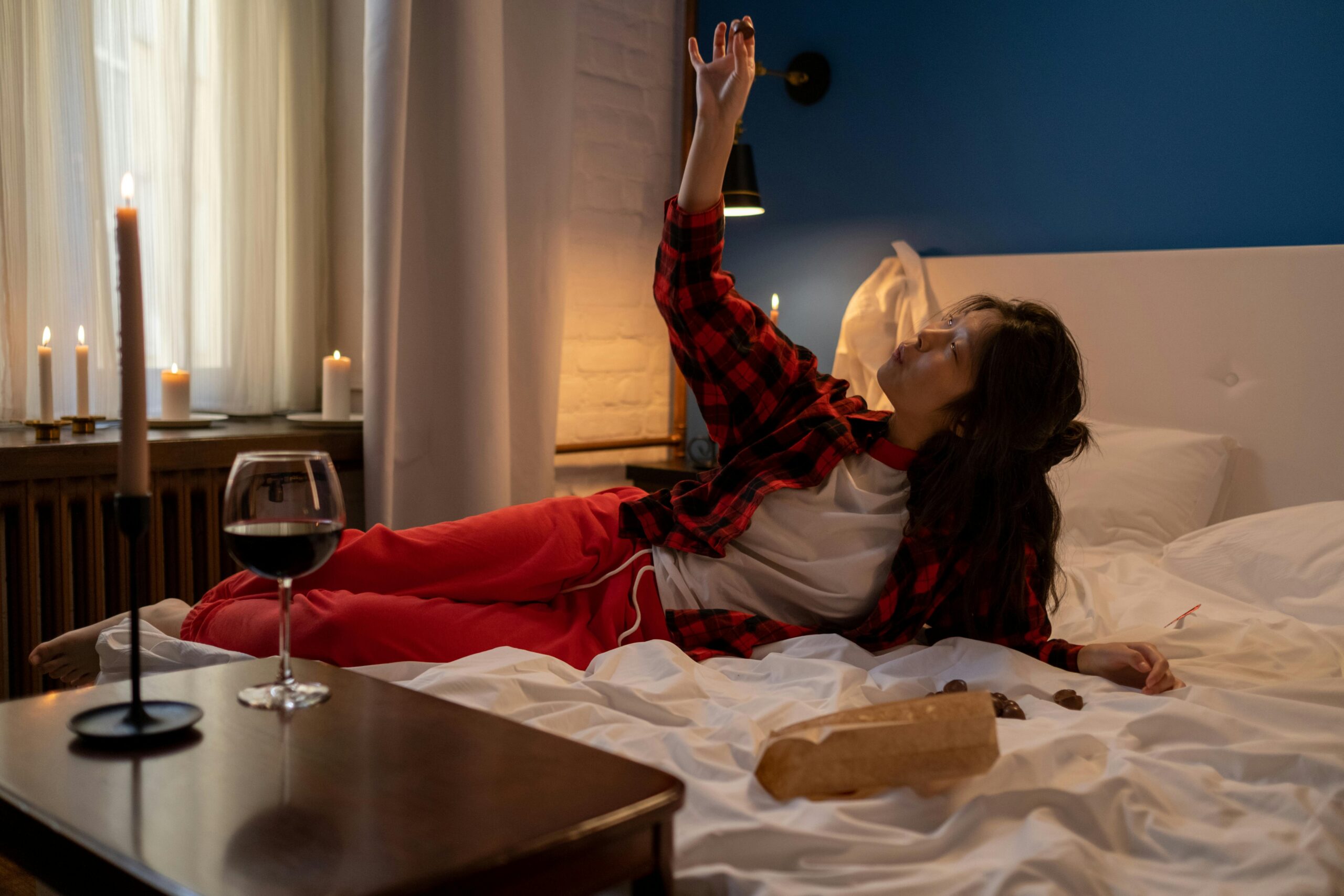
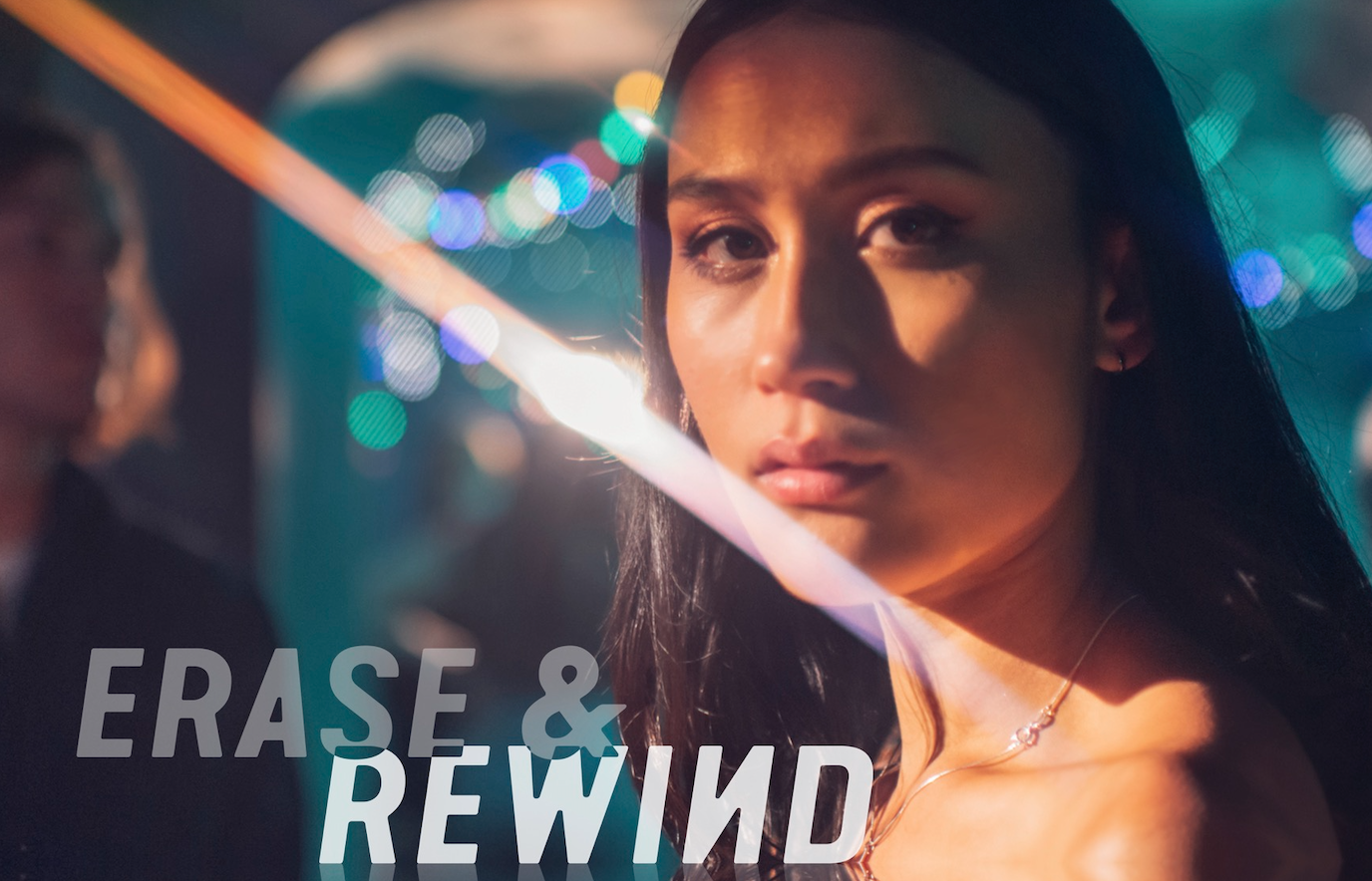
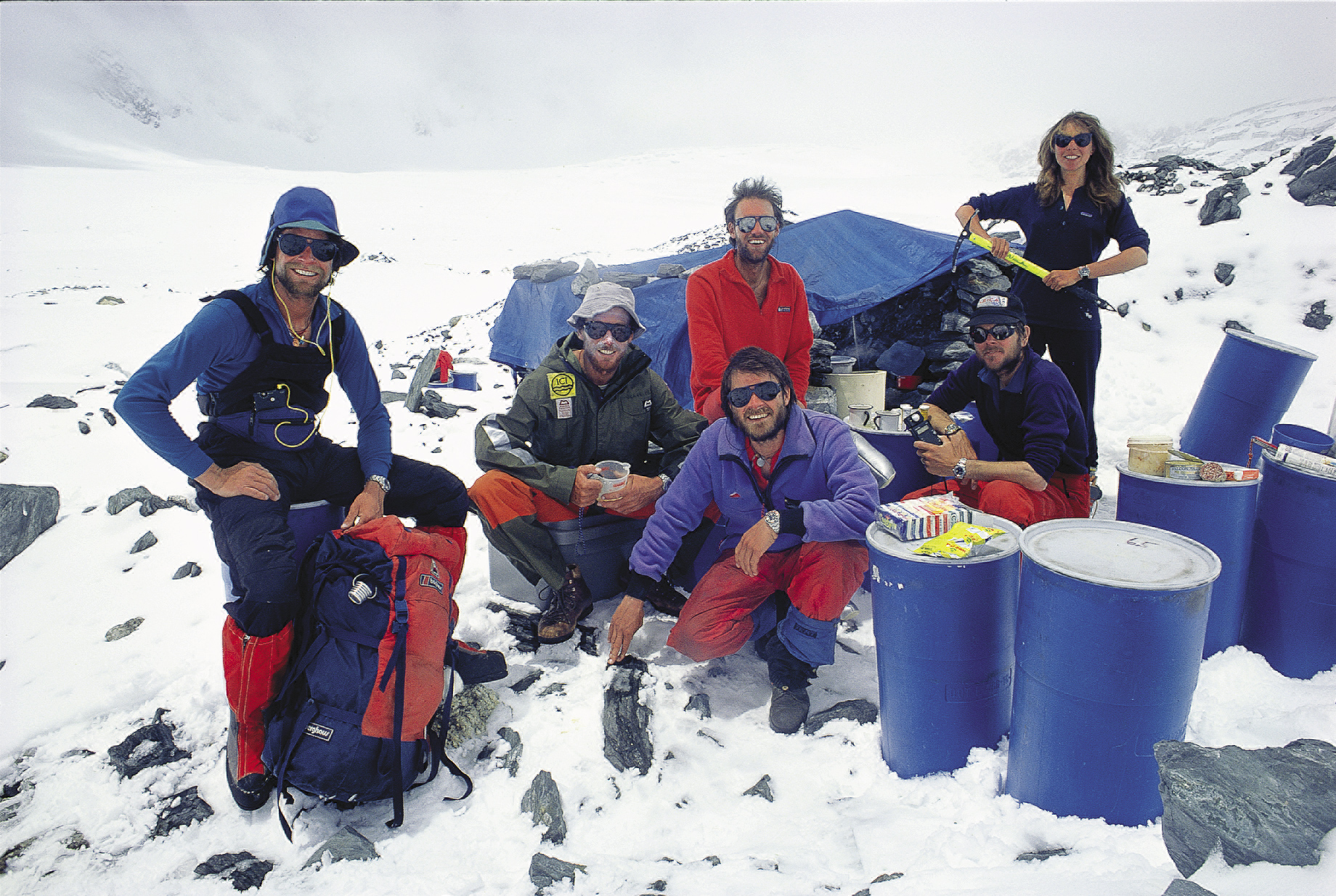
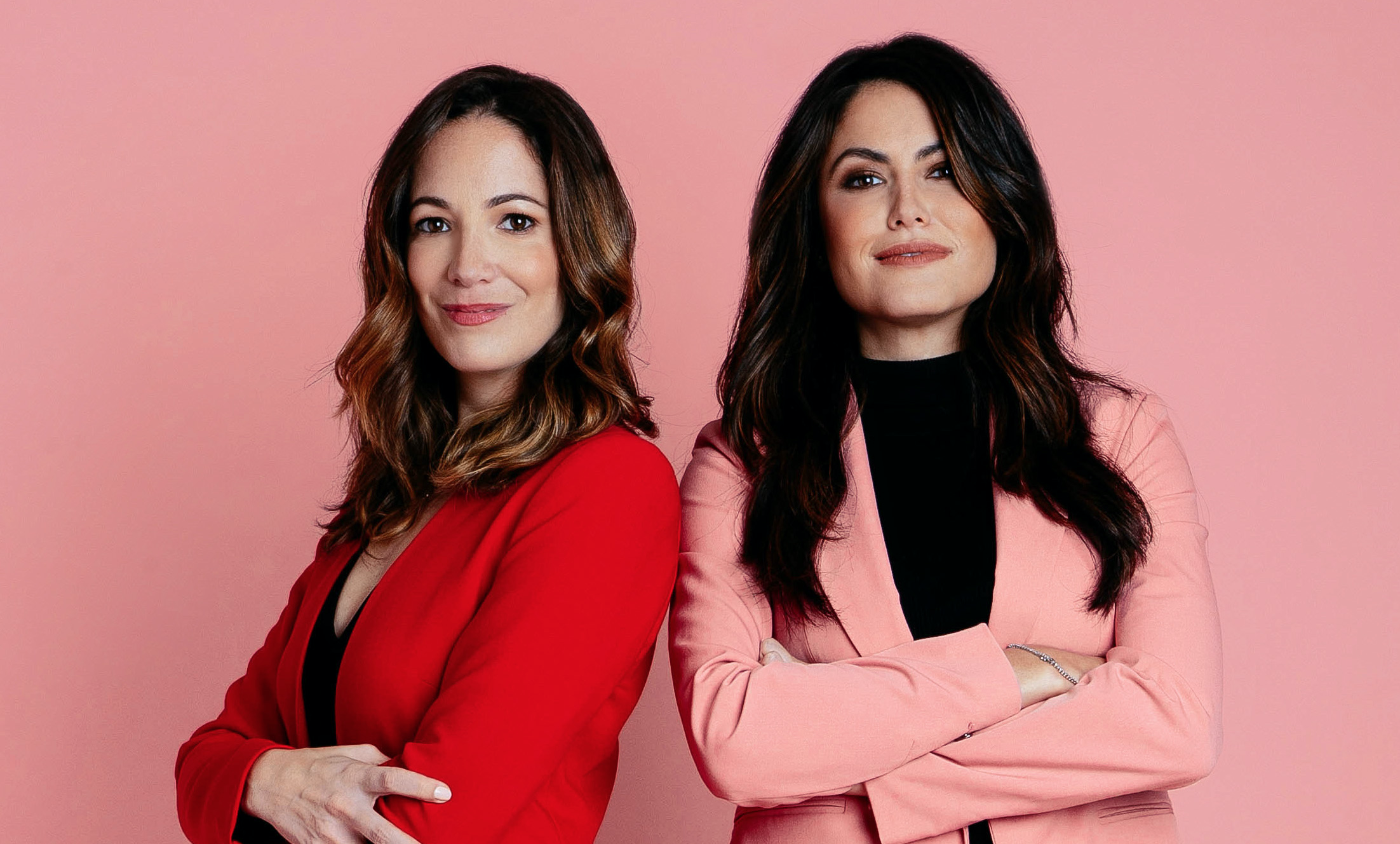
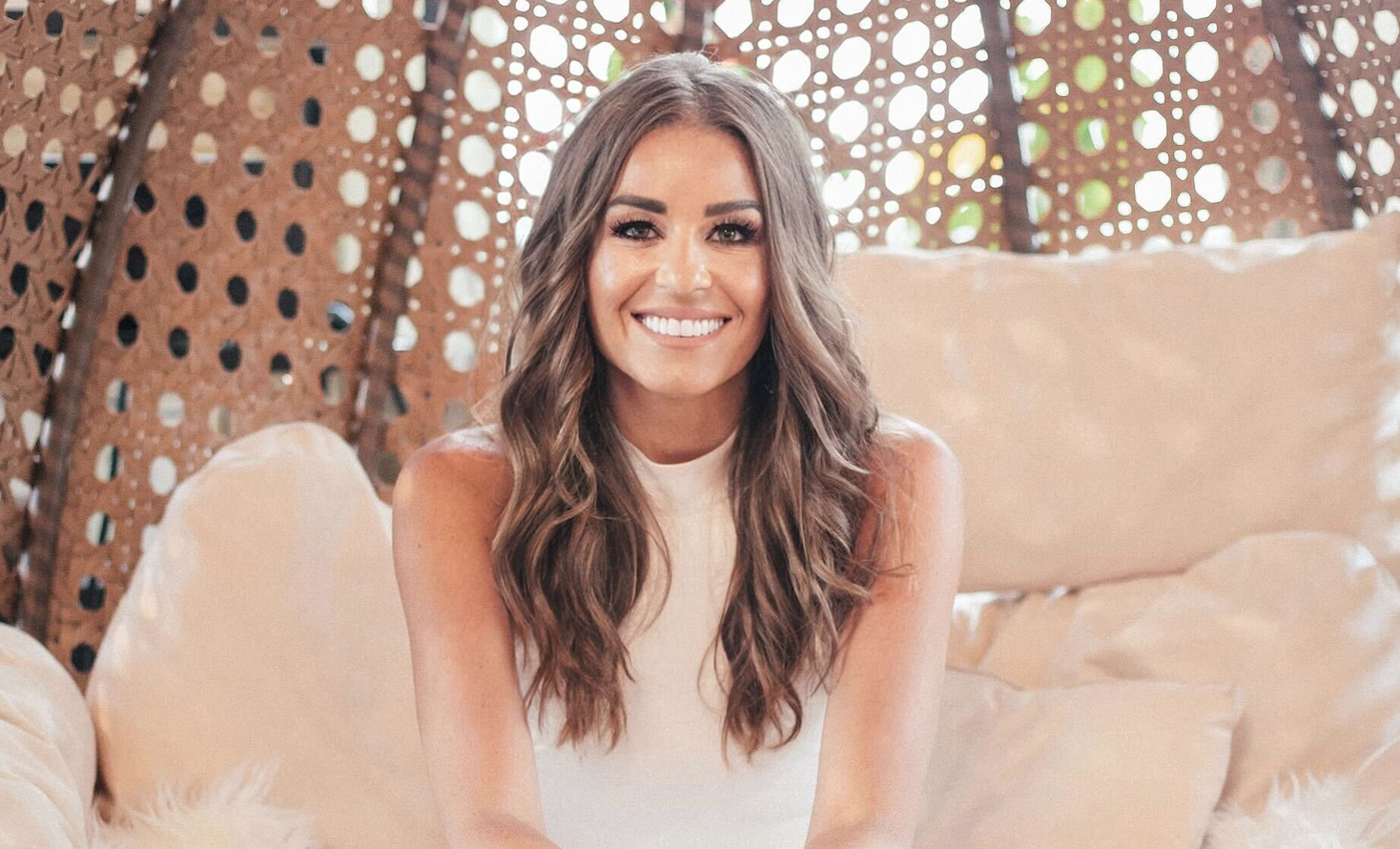
3 thoughts on “The Untold Story Of A Civil Rights Activist Who Redefined What It Means To Be An Ally”